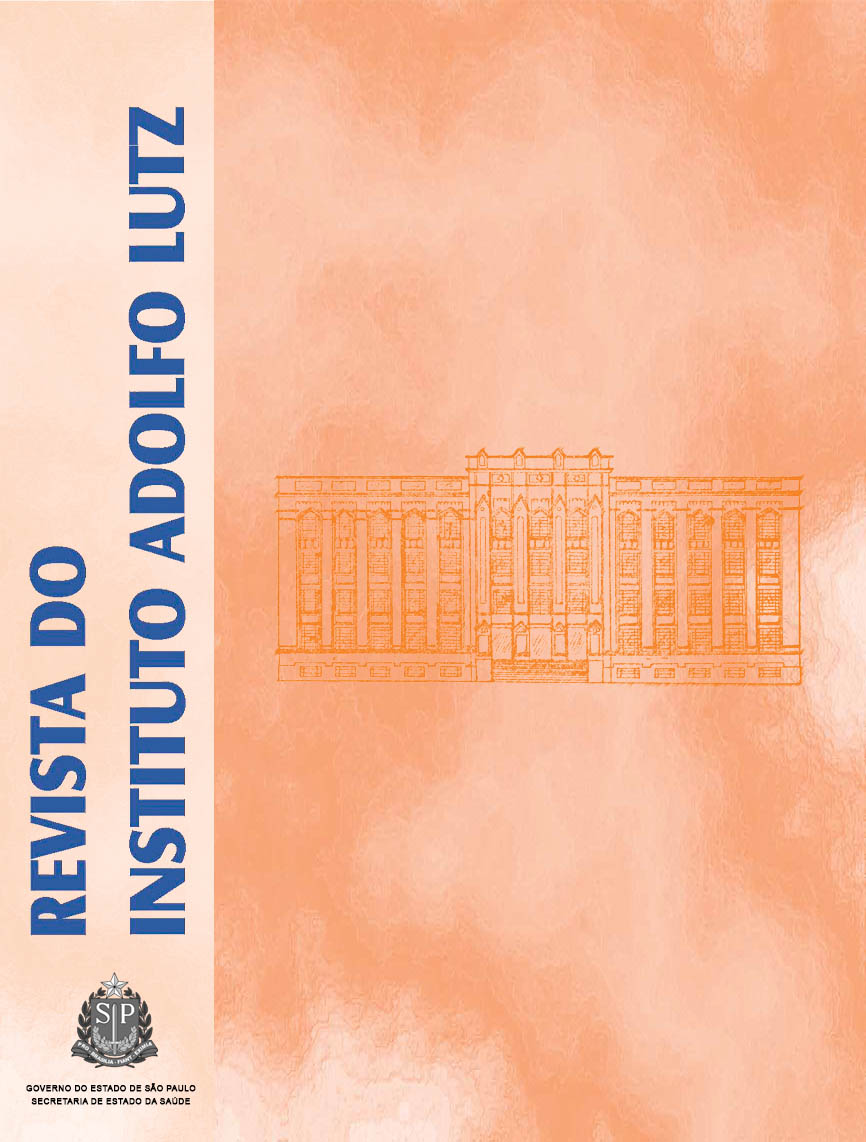Abstract
The objectives of the present study were to compare, to adapt and to validate analytical methodology for identification, and quantification of benzo(a)pyrene (BaP) in cachaça samples by HPLC-DFl and confirmation by GC/MS; also, to evaluate the BaP levels in cachaças commercialized in São Paulo’s market, and to verify which stages of one production of still cachaça could contribute for BaP contamination. Three distinct methods for BaP extraction were studied: solid phase extraction (SFE), liquid-liquid extraction with cyclohexane (LLE-CHX) and liquid-liquid extraction with N,N dimethyllformamideand cyclohexane (LLE-DMF/CHX). SFE extraction used a C18 cartridge in silica base (500mg, 6 mL) and cyclohexane, while the LLE consisted on sample partition in appropriate solvent and purification by column chromatography on silica gel. The extracts obtained from all extractions were evaporated to dryness, reconstituted in acetonitrile and analyzed by HPLC-DFl. Chromatography separation was carried out on a column C18 (25 cm; 0.45 μm; 4.6 mm) using acetonitrile/water (70:30) as mobile phase at a flow rate of 1mL/min. The response of fluorescence detector was linear for BaP standard solutions ranging from 0.05 to 30 ppb (R2=0.9995). The detection and quantification limits were 0.03 ppb and 0.1 ppb for all methods. Recoveries values at 3 concentration levels (0.1, 1.0, 3.0 ppb) (n=3) ranged from 82.9 to 97.0%. The averages of repeatability tests were 0.18 ppb (CV=1.7%) for SFE, 0.15 ppb (CV=2.7%) for LLE-CHX, and 0.18 ppb (CV=2.2%) for LLE-DMF/CHX. All the results were satisfactory, although the SFE presented advantages over LLE: reduced time of analysis, minor use of solvent, residue discarding and analyst exposition, besides lower cost. In the study of the cachaça processing, on the other hand, samples of sugar cane, broth, wine and recently distilled sugar cane spirit were analyzed by LLE-DMF/CHX. The BaP contents in all samples were below detection limit. In this study, 51 brands of cachaça were analyzed for the presence of BaP using SFE. BaP was detected in 27 (53%) analyzed samples, ranging from not detected (LOD, 0.01 ng.mL-1) to 0.86 ng.mL- 1. Due to BaP carcinogenic and genotoxic potential, these data will subsidy Brazilian authorities in the establishment of BaP maximum limit in cachaças. The strength and contents of methanol and congeners were also determined. Out of 51 samples analyzed, 16% presented strength below the specification (minimum 38%, in volume); 47% contained acetaldehyde above 30mg/100 mL AA, and, in 12%, the higher alcohols concentrations were above 360 mg/100mLAA; all methanol results stood below 20 mg/ 100mLAA. The drink attainment of superior quality can extend commercial borders and increase Brazilian exportations, generating more capital and jobs.
This work is licensed under a Creative Commons Attribution 4.0 International License.
Copyright (c) 2007 Instituto Adolfo Lutz Journal
Downloads
Download data is not yet available.
